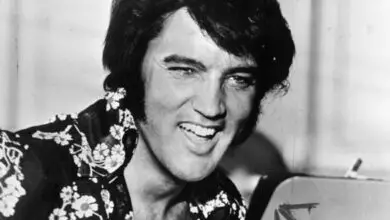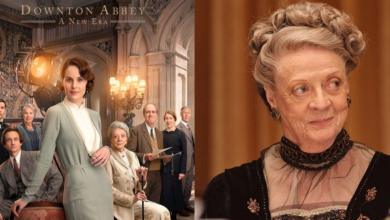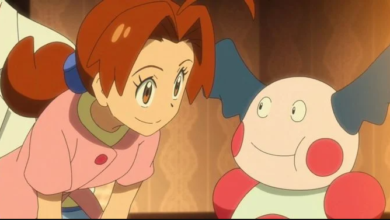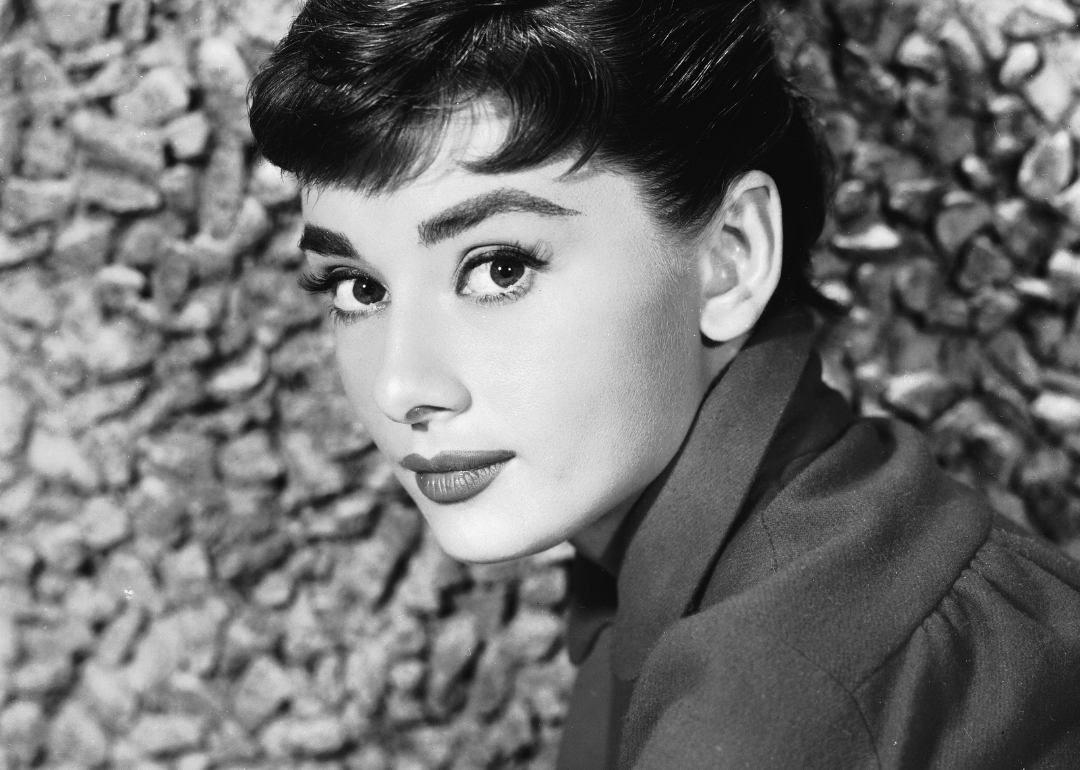8 Things You Never Knew About The Pokémon Trading Card Game
Though the Pokémon Trading Card Game has been out for decades, there are still some facts players might not know about.
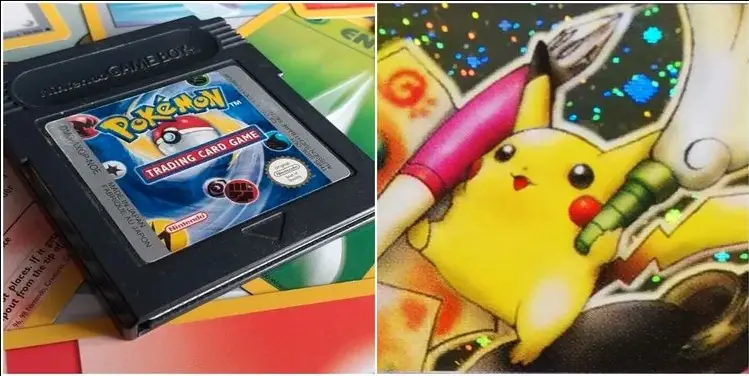
From the animated series, to video games, to mountains of merchandise that spawn for just about every occasion, there’s something for every Pokémon fan to dive deep into. The Pokémon Trading Card Game was particularly captivating when it was first introduced. The TCG, was first established in the United States in mid-December, 1998.
As of today, the PokémonTrading Card Game is still going strong, as new sets are still regularly released to keep up with the franchise’s other media, primarily the anime releases. And although fans have had a ton of time to brush up on their knowledge surrounding it, it’s only natural there are still things about it most don’t know.
8 It Wasn’t Always Published By The Pokémon Company

It’s not hard to blame fans for assuming that the TCG has always been published by the Pokémon Company itself. While they’ve handled publication since 2003, things were a bit different beforehand.
Initially, publication in Japan was handled by a company called Media Factory, who had publication rights from 1996 to 2013, before the Pokémon Company took over. In the United States, it was originally published by Wizards of the Coast – the publisher responsible for D&D, from December 1998 to mid 2003 before losing their rights.
7 Dice Are Often Used In Tournaments In Place Of Coins

Casual TCG fans will be well acquainted with the special coins that often come in packs. They’re used for determining whether any move or status effect that has a chance to miss actually lands or not.
Dice are often used in tournaments in place of these coins, though they essentially serve the same purpose. In this case, it’s common for heads to be represented by even numbers and tails to be represented by odd numbers.
6 Darkness, Metal, Dragon, And Fairy Originally Weren’t In The Game

Pokémon is an ever-evolving franchise that adds and changes things over time, in order to keep the overall player experience feeling fresh. For the Pokémon TCG, this means that there are several types that weren’t in the game originally that were added over time, with the base types being Grass, Fire, Water, Lightning, Psychic, Fighting, and Colorless.
Darkness, Metal, Dragon, and Fairy were added to the game at later points in time to keep up with the additional types elsewhere in the franchise. Although Fairy is the most recent addition, it was still all the way back in 2014.
5 There Have Been More Sets Released In America Than In Japan

While many likely believe that it’s the other way around, there have actually been more sets for the Trading Card Game released in America than there have in Japan. In the U.S., there’s been a total of eighty-six sets released in English, while only seventy-six have been released in Japanese.
There are various reasons why certain sets don’t make their way overseas, one of which being a demo set released in the U.S. as a basic introduction to the card game itself. Most of the time, cards and sets do make their way over with time, as it would be unfair for U.S. players to be playing with cards that are incredibly difficult for others to obtain.
4 It’s The Second Most Popular Card Game In Japan, Behind Magic: The Gathering

Pretty much anything with the Pokémon label on it is going to sell well, with the Trading Card Game being no exception. It helps that it’s a relatively basic game to get into, referred to as a “gentler, kinder version of Magic geared towards a younger audience”.
Of course, there’s still complexity there for those that seek it out and want to explore everything they can about strategizing and deck-building. The Pokémon TCG is noted to be the second most popular CCG in Japan, behind only Magic: The Gathering, which is no small feat.
3 The TCG Has Had Several Video Game Spinoffs

The mainline series of games ties in with the anime, so it only makes sense that the Trading Card Game would attempt to do the same. The first game, also titled Pokémon Trading Card Game, released for the Gameboy Color at the same time as the card game’s physical U.S. release.
Pokémon Trading Card Game Online released in 2011 and is the official digital version of the card game, updated frequently enough with new packs just as the physical game is. A successor game, titled “Pokémon Trading Card Game Live” is in the works, and will replace Online as the official digital version of the game once it launches.
2 Although Older Cards Can Sell Well, They Aren’t Effective In Gameplay

It’s no secret that older cards within the Pokémon TCG tend to sell incredibly well, though this has nothing to do with their power from a competitive standpoint. Since they aren’t produced anymore, they’re incredibly rare, and thus have a ton of value as collector’s items.
As is the case for most card games, players are going to want to use the most recent set for the most part if they want to ensure some type of advantage. After all, there has to be some incentive for players to continue purchasing cards and packs with every new set.
1 The Most Expensive Card Ever Sold Is An Illustrator Pikachu

There are a ton of different cards that end up becoming expensive for one reason or another, but one in particular skyrocketed above all others. This card is known as Illustrator Pikachu, and was first released in 1998 – only six in total were given as official prizes during an art competition, making them exceptionally rare.
On February 24, 2022, the card sold for a staggering nine-hundred-thousand dollars. If that wasn’t unbelievable enough, it’s been recorded to have sold again, even more recently, for a total of six million dollars.

